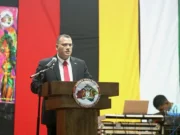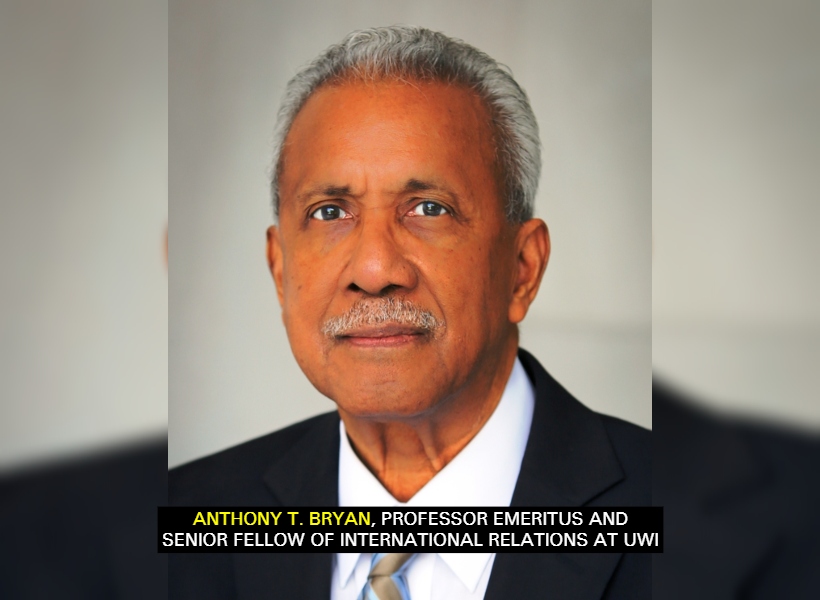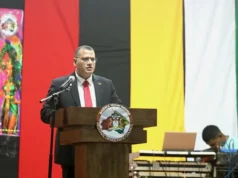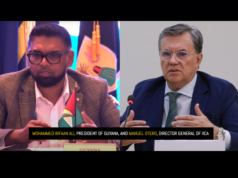Taking into consideration the significant number of discoveries to date, their high quality, and the competitive breakeven prices for projects being developed, it is clear that the Guyana Suriname Basin (GSB) is the “holy grail” when it comes to abundant fossil fuels. This is according to Anthony T. Bryan, Professor Emeritus and Senior Fellow of International Relations at The University of the West Indies.
Bryan who is also a Fellow of the Caribbean Policy Consortium reminded in his most recent writings that ExxonMobil has found approximately nine billion barrels of oil equivalent resources offshore Guyana since 2015 and had its first oil lift in December 2019. He said it is expected that during 2021, the company will expand its exploration in the Canje Block (on March 10, 2021), and prepare for drilling in the Payara project in the Stabroek Block soon.
As for Suriname, the consultant on Caribbean energy issues for more than a decade noted that this nation had also hit black gold in Block 52 back in 2020. He said that deepwater exploration in Suriname in 2021 will be led by the International Oil Companies (IOCs) Total, Shell, and Tullow. They will begin exploration drilling in 2022.
Further to this, Professor Bryan said it should be noted that oil energy experts predict that during 2021, there will be a major increase in offshore drilling activity in the Southern Caribbean and northern South America led by Guyana, because of recent global increases in the price of crude, and because the oil and gas companies are searching for discoveries that can be quickly monetized for higher and faster returns.
Additionally, the independent consultant was keen to note that the rich oil in the Guyana Suriname basin is what has motivated Trinidad and Tobago and Venezuela to further explore and drill. Professor Bryan said, “They all want a piece of the action, and actions speak louder than words. Reputedly the government of Trinidad and Tobago is approaching the responsible global maritime jurisdiction bodies for approval to push its Exclusive Economic Zone (EEZ) to the borders of the GSB.”
He added, “Even Suriname, although it is part of the GSB, intends to move its offshore exploration closer to the lucrative Stabroek fields of Guyana. Venezuela not to be outdone, last year ordered the Venezuelan Navy to re-define the nation’s maritime boundaries and its Exclusive Economic Zone (EEZ).
Even as Guyana pursues further exploration of its oil potential while addressing its border controversy with Venezuela, Professor Bryan said it must plan for a future in a low carbon world.
The Professor stated, “So far, the developments in Guyana have managed low breakeven points that should protect it even in a lower carbon world, but it will not be enough forever. Guyana and Suriname must endeavor to use their new wealth in ways that prepare them for a more diverse economic future, or they run the risk of repeating Venezuela’s mistakes.”











